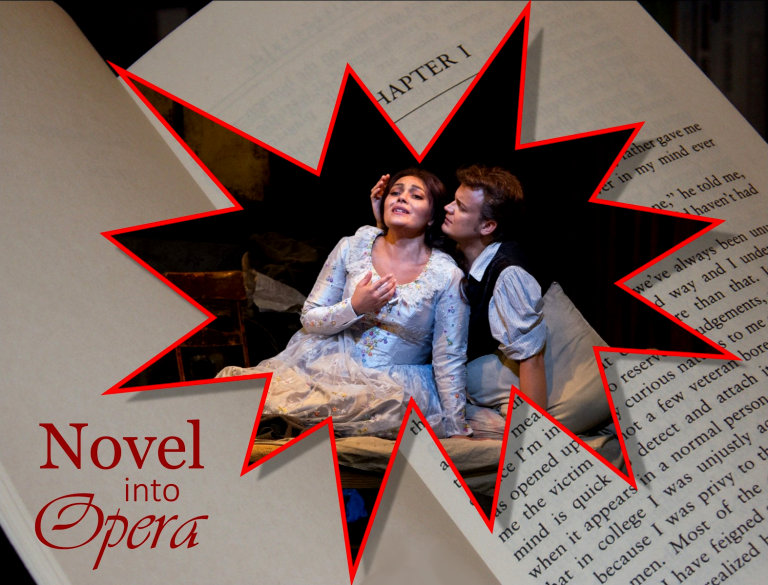| Handout (flat) Handout (folded) Class Script Breakdown Libretto | Return to Index |
The video shown in class, from the Royal Opera and Ballet, is only available on
DVD for purchase.
However, the following YouTube resources may be useful. All are sung in English, though most do not have titles.
Modena. A splendid and meticulously prepared COVID-era production, making magnificent use of an empty theatre. It has quite unusual elements such as the ornamentation of repeats, use of percussion in the orchestra, and very free treatment of tempo, but these are done with intelligence and are mesmerising through and through. I would have used this version in class had I known about it at the time.
Versailles. A lavish and somewhat balletic staging, in a kind of water world. Vivica Genaux is strong in the title role. Sung in English, but titles in French.
Mark Morris. The entire opera staged as a ballet, with the singers on the side of the stage. It is an austere production, with everbody in black dresses, and the clearly male Mark Morris playing both the Sorceress and Dido, but the angular gestural style takes some getting used to.
L'Arpeggiata. Christina Pluhar brings a characteristic energy and sound to everything she touches, and this is no exception. The most unusual aspect of this semi-staged performance is that it includes Purcell's seldom-performed allegorical Prologue. But the staging, such as it is, is amateurish and even jokey.
…and four videos of Dido's Lament only:
Maria Ewing. From the lament to the end of the opera; all that is still available of the BBC film with lavish sets, dozens of extras carrying flaming torches, and so on. Not remotely a Purcellian production, but a fine performance and perfectly consistent in its style.
Malena Ernman. I include the link because it is marvelously sung by Malena Ernman, and the staging by Deborah Warner looks to be quite restrained and in strict period style. Unfortunately, the DVD is not available in a US-playable version.
Eva Zaïcik. This is the voice-and-quartet concert version played in class. I like for its clarity, and for Zaïcik's subtle use of ornamentation in her repeats. It is a performance that eschews extraneous drama and lets the music do the work.
Helen Charlston. Beautifully sung and musically impeccable, this is nonetheless an extraordinary rendition like nothing else on this page. Based on a video for Coldplay's 2002 song The Scientist, it is filmed in modern London and run backwards! [It impressed the heck out of me… but then I saw the Coldplay original, which may be even better.]
| IMAGES | |||||
| The thumbnails below cover the slides shown in class. Click the
thumbnail to see a larger image. Click on the right or left of the larger picture to go forward or back, or outside it to close. |
|||||
 |  |  | |||
 |  |  | |||
 |  |  | |||
 |  | ||||
